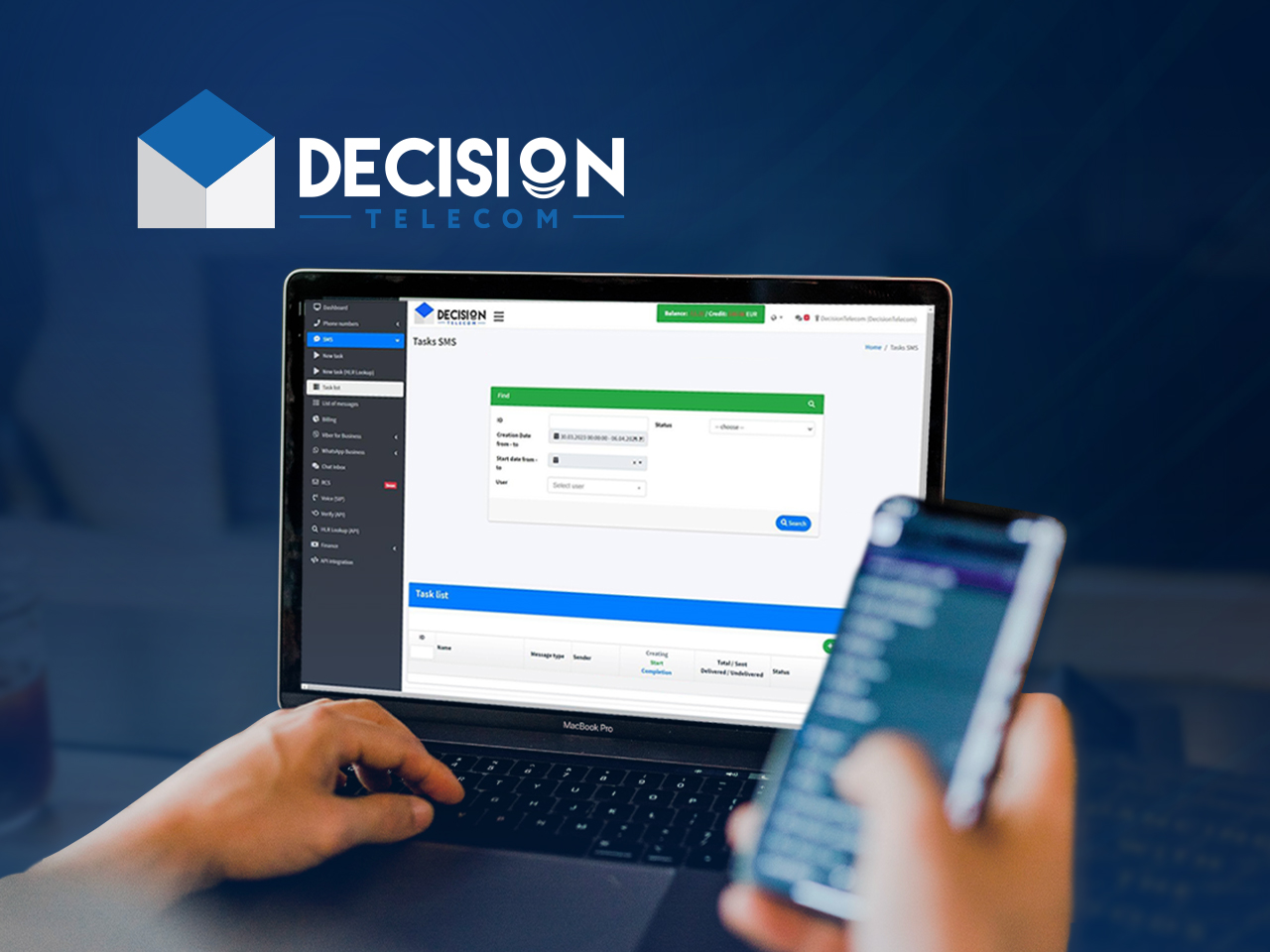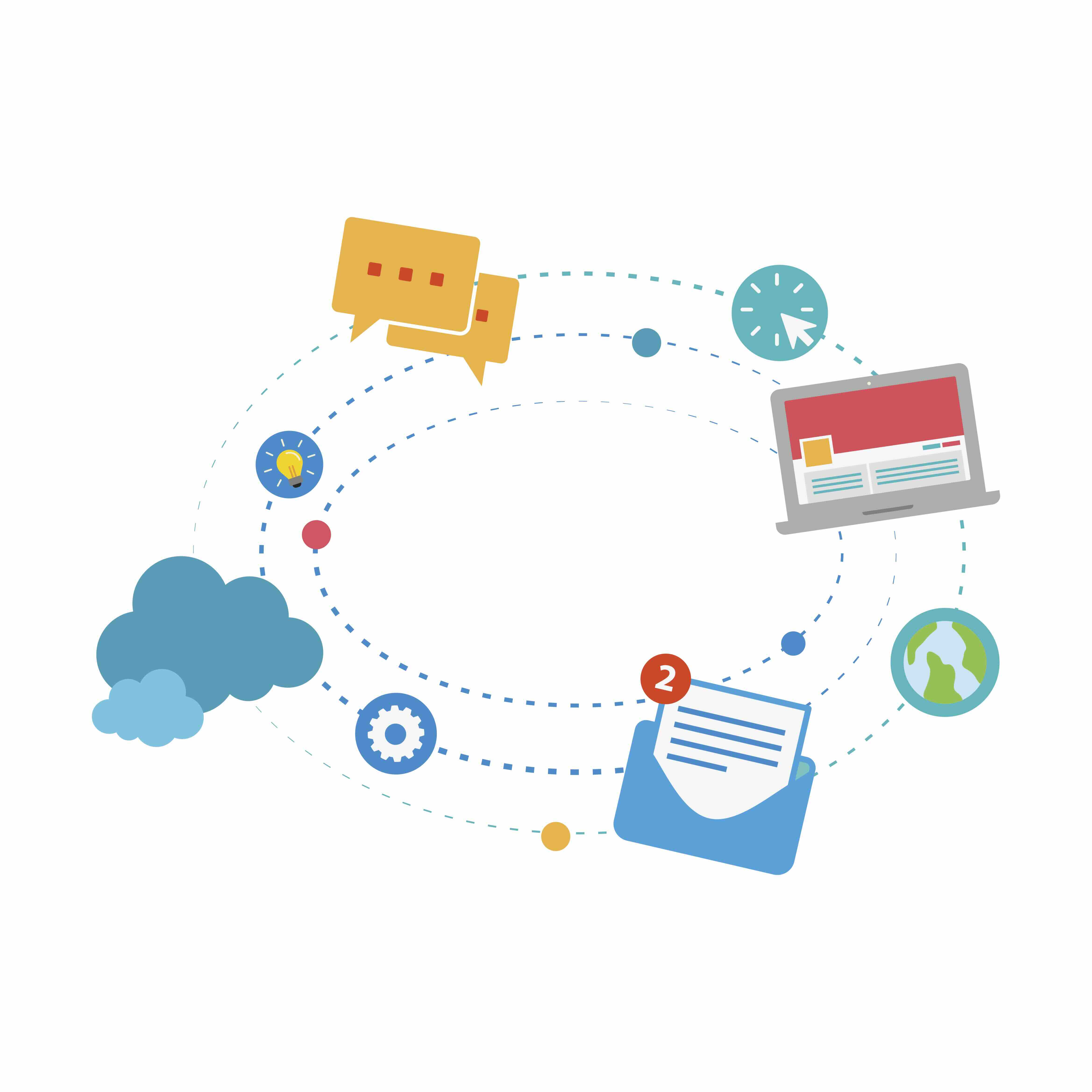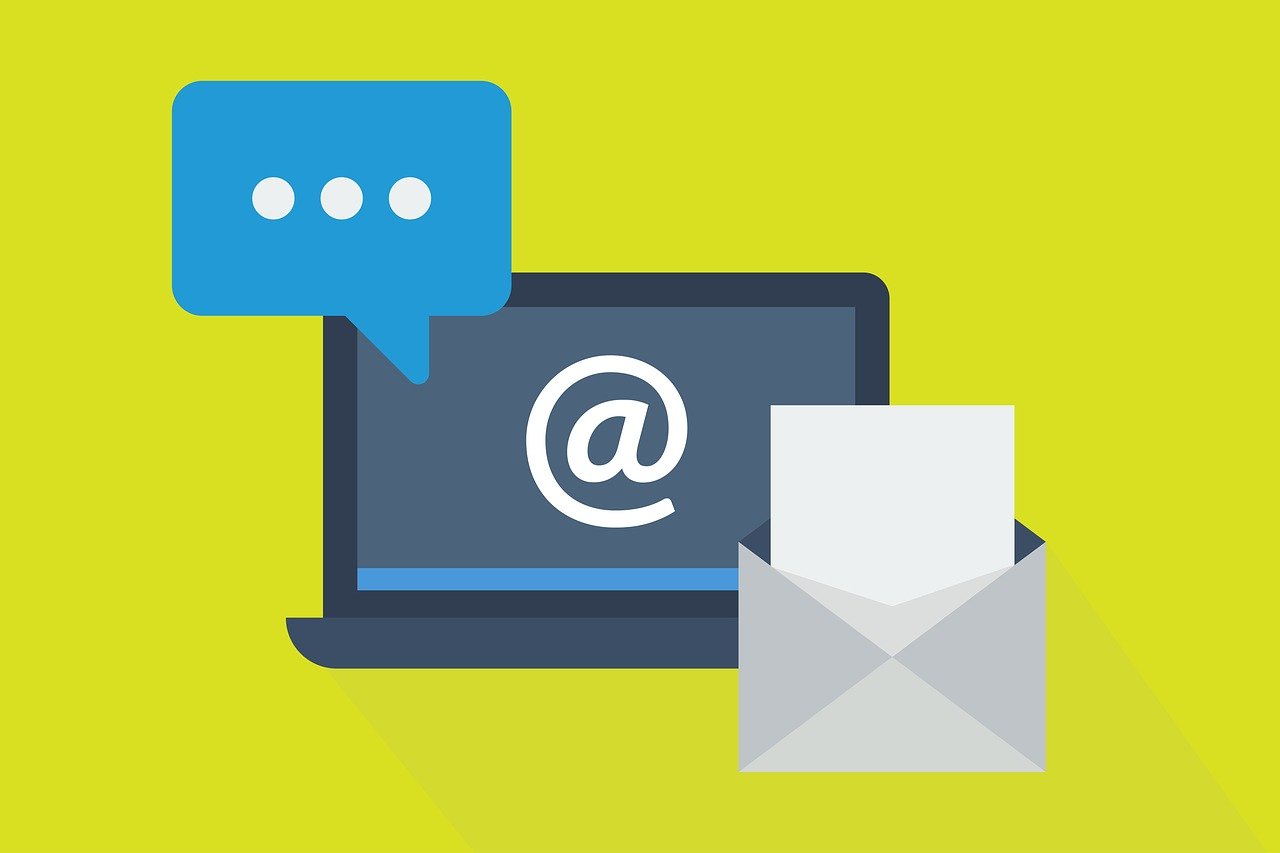
Cascading Messaging: Definition, Goals, and Best Strategies
Every day, the number of internet users keeps increasing, which means that the number of your potential customers is growing. And text messaging is as good a method as any to communicate with this ever-growing audience.
SMS, Viber, WhatsApp, and other messaging and calling apps boast decent delivery and open rates. However, so far, we haven’t seen any of these communication channels provide 100% audience coverage on their own.
Cascading messaging is one of the most viable communication strategies if you want your business to reach the maximum fraction of your target audience.
What is cascading messaging?
Cascading messaging is a method of sequentially sending messages with uniform content through multiple communication channels. This type of communications cascade is also known as a message chain.

The principle behind cascading communication: An example
The principle of such a messaging strategy is simple: if one communication channel turns out to be ineffective for a dialogue with the recipient, another channel is activated.
For example, let’s say you sent a customer an SMS message, but they didn’t open and read it or didn’t perform a certain action you wanted them to, such as clicking a link in the SMS. The SMS will be duplicated in different messaging channels until the algorithm counts the changes in the user's behavior and sees them finally take notice and interact with it. When a person opens a message or performs another targeted action, the chain will stop.
Features of cascading communication
Here are some basic components of a message chain that you need to plan ahead for if you want to run a successful cascading campaign.
Deciding on a message route
As a rule, when creating cascading messaging, companies move from the cheapest communication channel to the most expensive one, depending on the number of chain elements. Theoretically, it could look something like this:
SMS ↠ Push notification ↠ email ↠ Viber, WhatsApp, and other OTT messaging apps ↠voice messaging ↠ social networks.
Target market demographics
There are other approaches to building the route of your communications cascade, too. For example, if your target audience comprises people from 18 to 25, instant messengers and social networks can become the main communication channel. For corporate audiences, maybe the first channel should be email. Due to these variations, it is recommended to segment your customers before you start the cascade communication chain.
Appropriate pause between consecutive messages
Time-outs (decision time) are an important element of cascading messaging. This is the period during which the algorithm waits for the client to respond to the message. Based on the customer's decision or interaction, or lack thereof, the messaging is either stopped or continued.
Avoid seeming overly eager
While you should wait for the recipient to reply or take action on one channel, you also need to be careful not to sound overly eager, bordering on spammy, by sending too many messages via too many different messaging channels. Some people could also consider that a violation of their privacy.
Please note: Cascading messaging does not contain contextual, display, or targeted advertising. As a rule, these are trigger chains aimed at prompting the client to take action.
Popular cascading messaging implementation options
According to a report by SaveMyCent, in order for business-to-customer communication to exhibit an effectiveness of +287% in sales, companies need to use at least three communication channels for their marketing campaigns. Thus, cascading messaging can be a very rewarding method to run a multichannel marketing campaign.

Here are some of the most popular cascading communication channel combinations that we have seen to be successful over the years with multiple clients of ours.
1. SMS + telephone calls
An SMS is sent first. If the customer does not answer or respond, a phone call follows to discuss the same message, except this time, you get a chance to clarify details, ask questions, or provide important information in depth.
2. SMS + WhatsApp
SMS can be used to send text messages while WhatsApp can be used for sending more extensive, rich content using elements such as media, videos, audio clips, and calls, along with audio and video calls.
3. SMS + Viber
Similar to WhatsApp, Viber also allows you to send texts, share media files like pictures, videos, and stickers, and make calls. SMS can be used for sending a very brief message, while Viber can be used to interact with users and send more informative content on the topic.
Partner with us for utilizing multiple communication channels
At Decision Telecom, we offer a variety of communication services, including cascading messaging. One of the most popular products with our clients is our Viber+SMS API offering, but for a truly omnichannel experience, we recommend considering a slightly broader range of messaging routes.
If you are looking for a similar solution for your business messaging campaigns, contact an expert!


